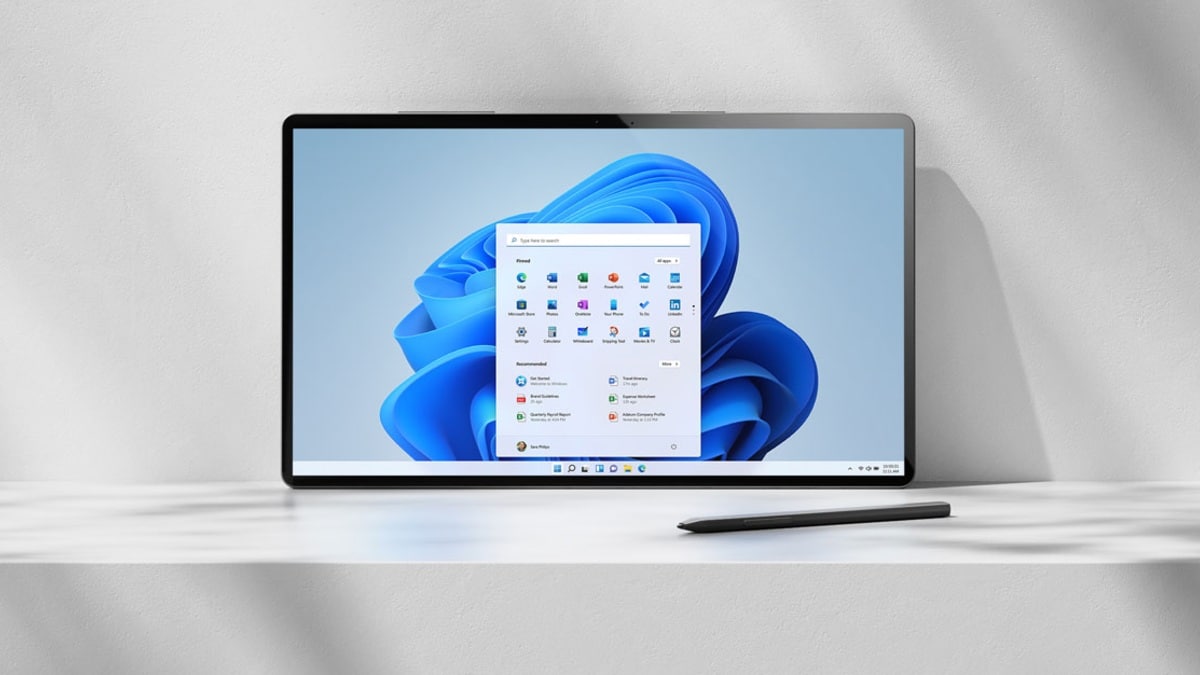Windows 11 is coming with Dynamic Refresh Rate for default apps that will lead to smoother scrolling and better battery life, as seen in the latest Windows Insider builds of the upcoming operating system. The feature automatically switches between higher and lower refresh rates depending on what is on the screen at any moment, lowering the frame rate for when you’re mostly on a static page, for example. The Dynamic Refresh Rate feature can be seen in Windows Insider builds (Dev channel) on supported devices.
For instance, if you are using a laptop with a display capable of 120Hz with a Dynamic mode between 60Hz and 120Hz, the display will refresh at 60Hz for everyday productivity tasks, such as email, writing a document, and so forth to conserve battery life. It will then seamlessly switch to 120Hz for tasks such as inking and scrolling. According to Microsoft, to use DRR, you’ll need a laptop with a display that supports variable refresh rate (VRR) and a refresh rate of at least 120Hz. Additionally, DRR requires a graphics driver (WDDM 3.0) that supports it (available through Windows Update).
Microsoft says DRR is currently supported in apps like Microsoft Office, Microsoft Edge, Microsoft Whiteboard, Microsoft Photos, Snip and Sketch, Drawboard PDF, Microsoft Sticky Notes, Adobe Acrobat, Adobe Illustrator, Microsoft To-Do, and Inkodo for smoother inking, and DRR also enables smoother scrolling for Microsoft Office apps. The company says more apps will support DRR for smoother inking and scrolling in the future
All Insider members can try out DRR if they have a laptop with a compatible display and drivers. Microsoft says that it is working with its graphics display partners to bring updated graphics drivers that support DRR to the Windows Insiders Program.
Apart from DRR support, Microsoft Office is also getting a visual refresh and 64-bit ARM support alongside Windows 11 update. The next-gen Windows may debut for the general public as early as October 20. The Windows 11 preview includes features such as the centrally-placed Start menu and taskbar as well as new themes and sounds, among other things.
